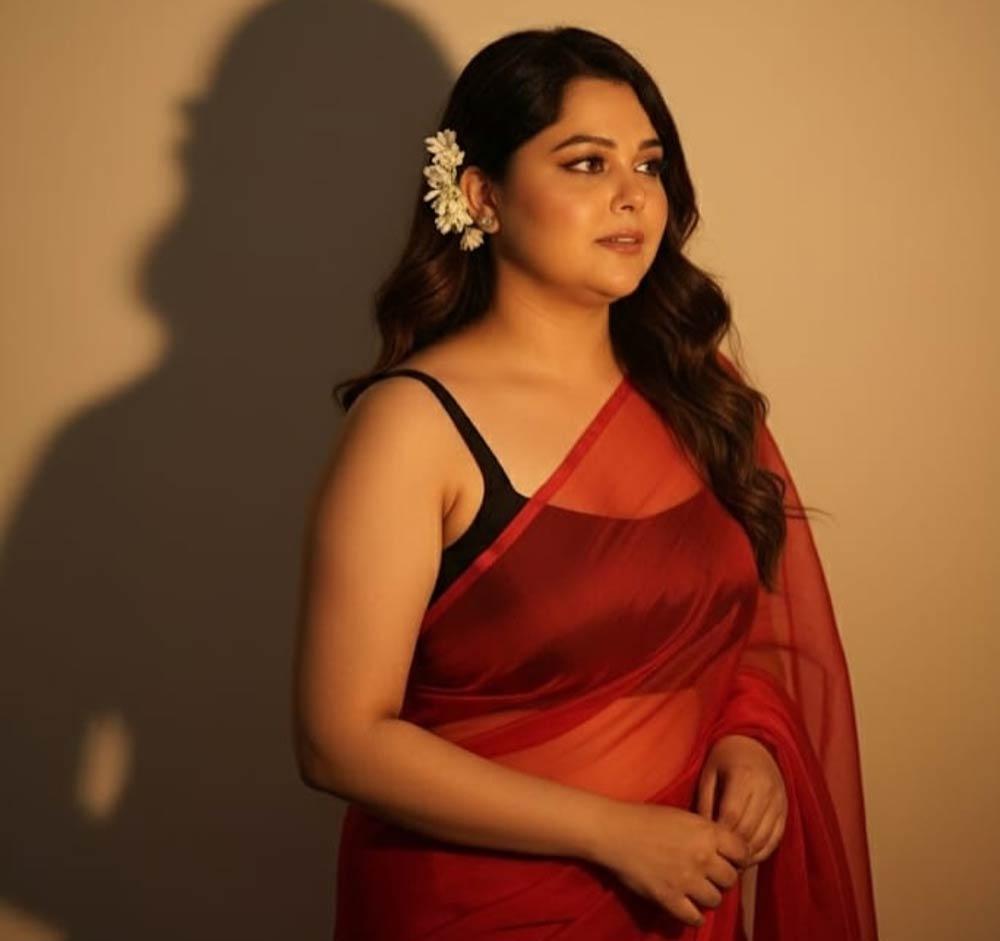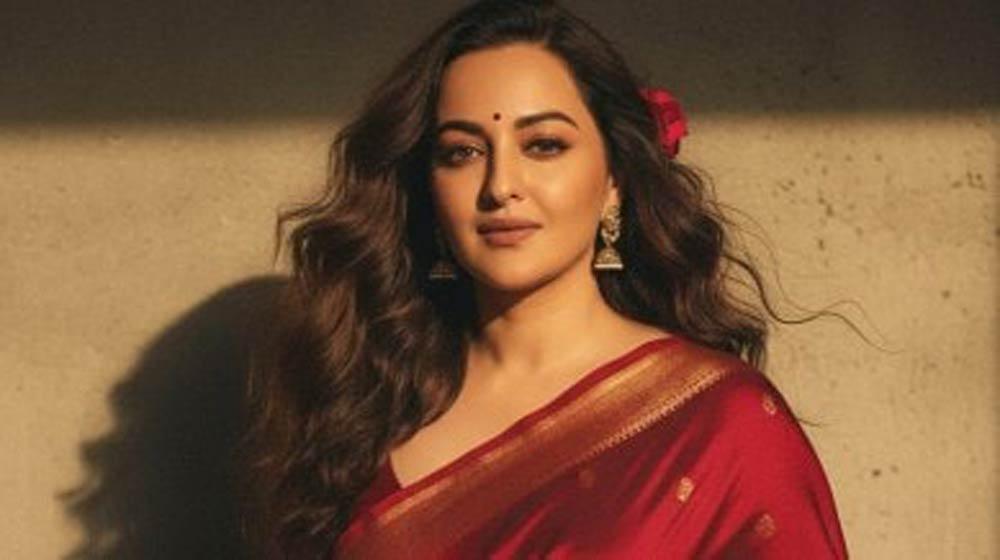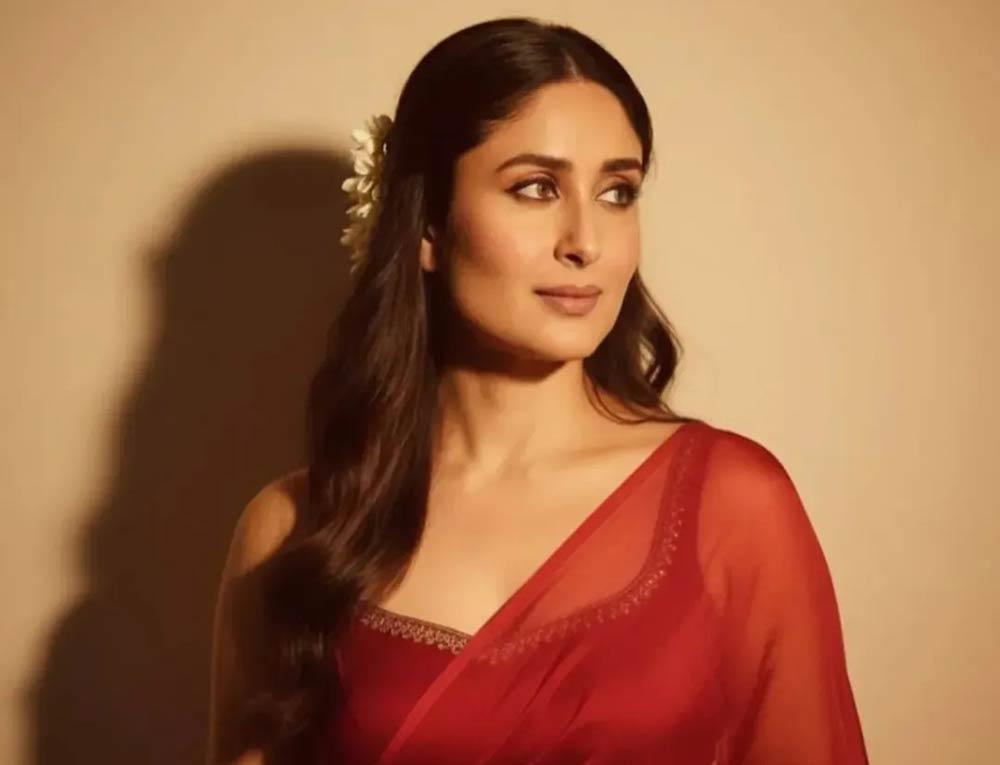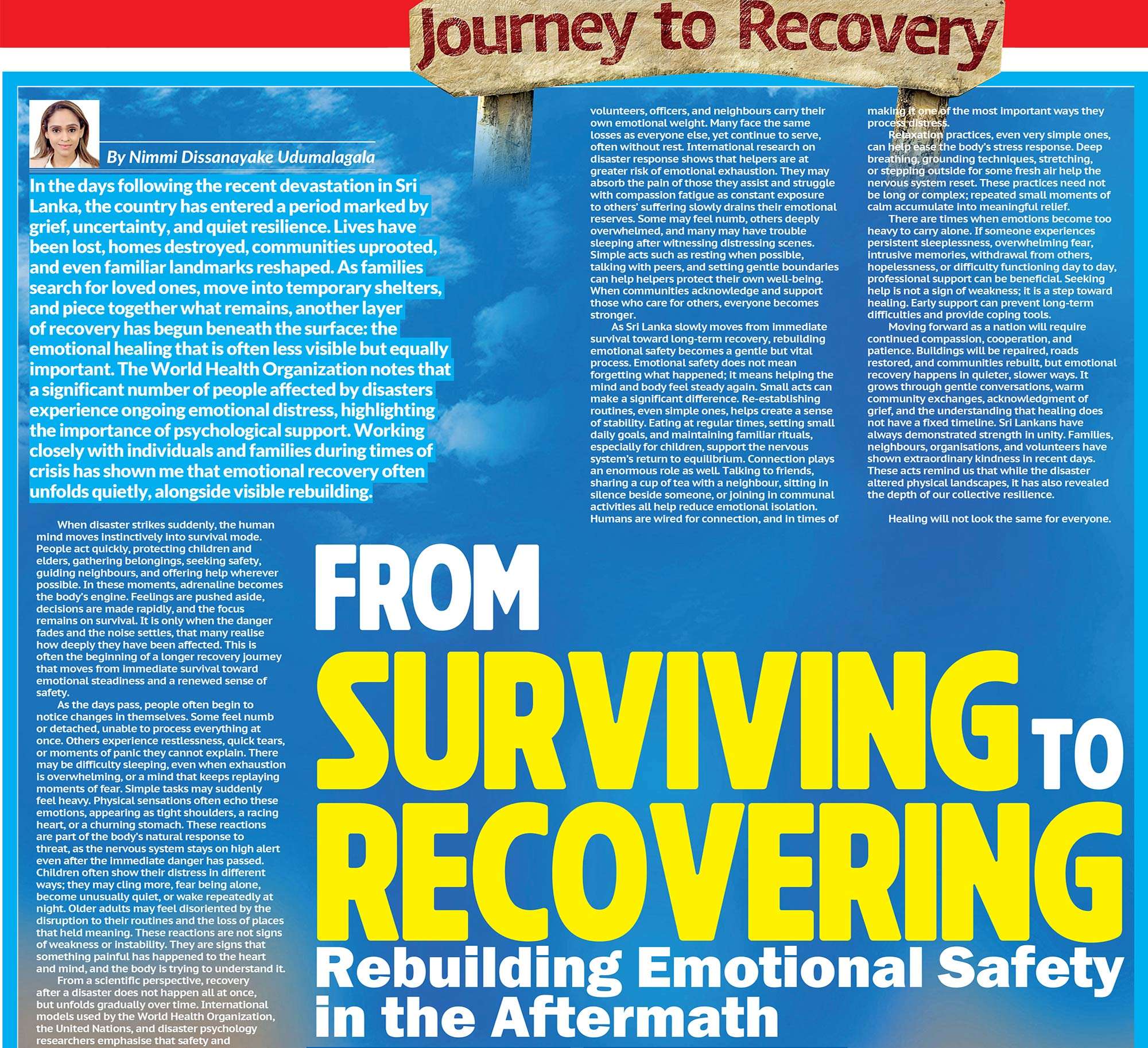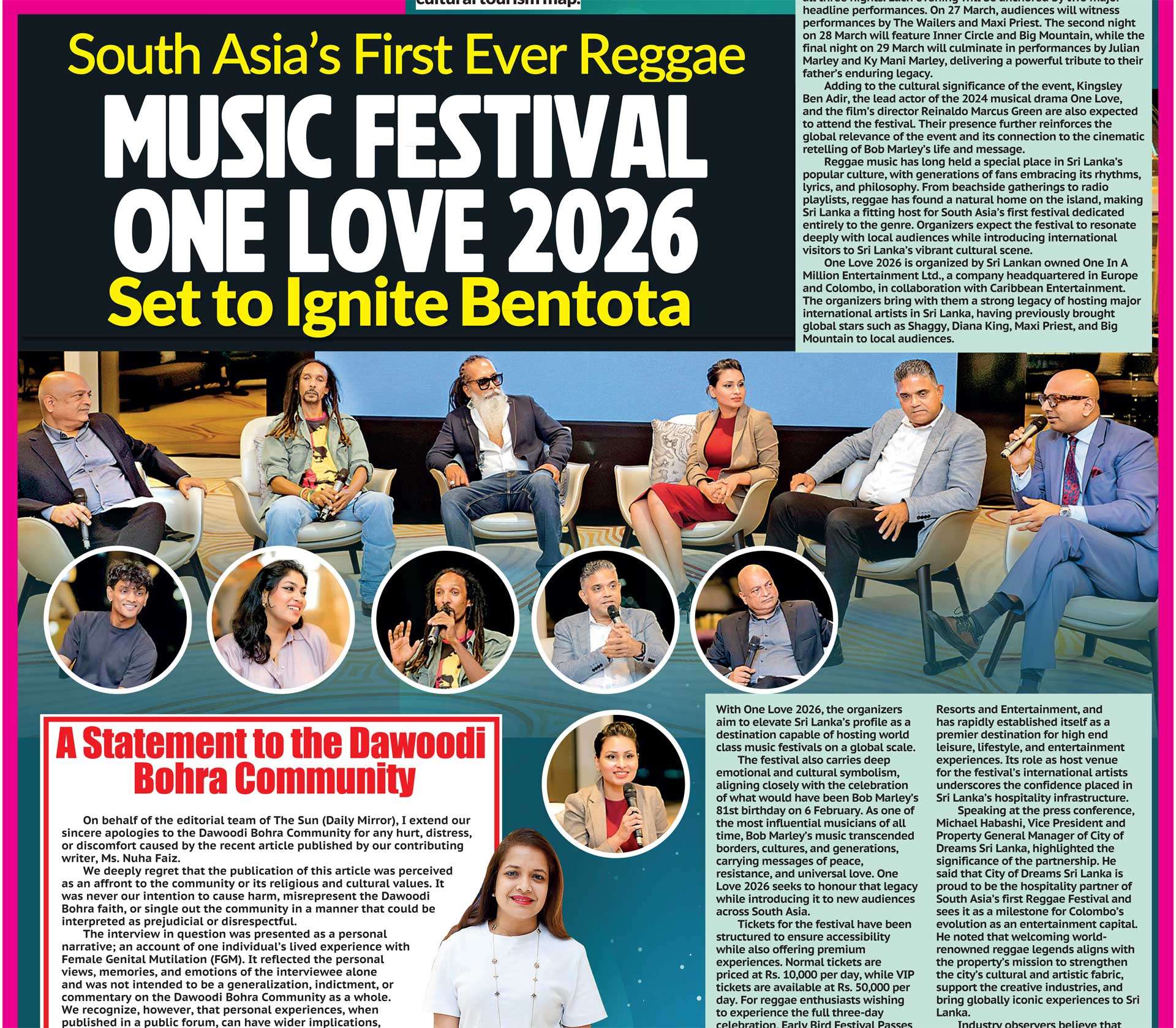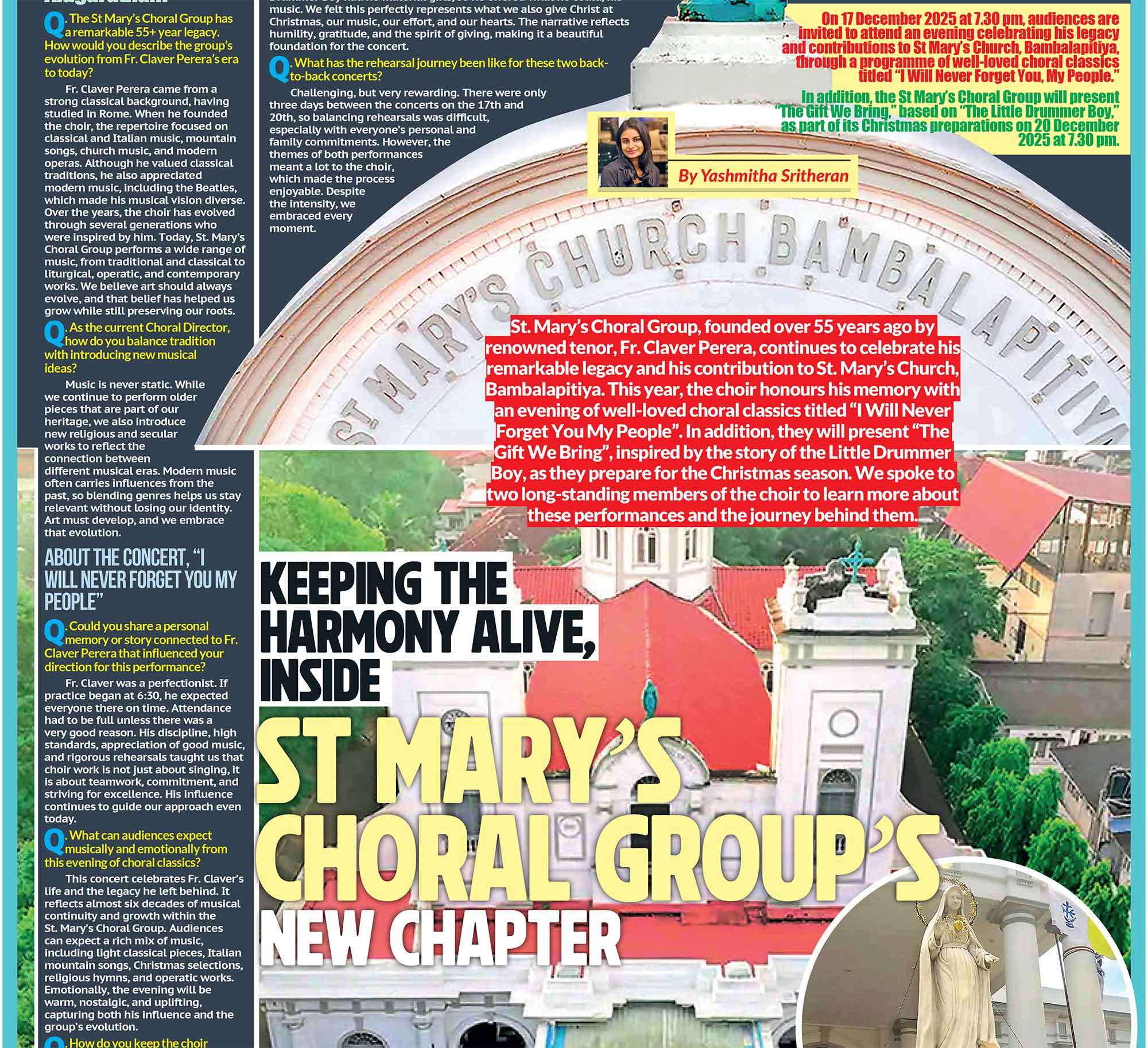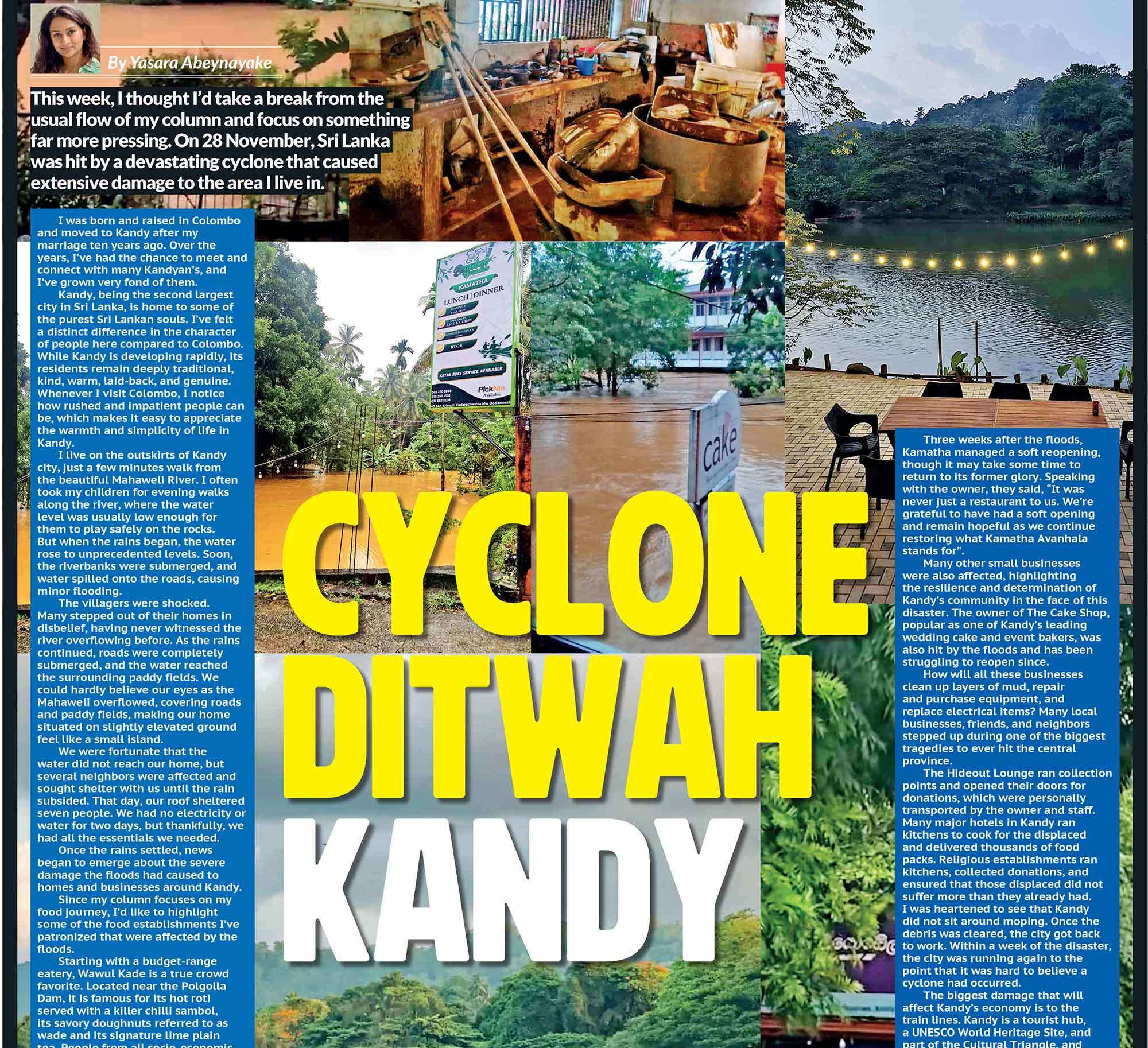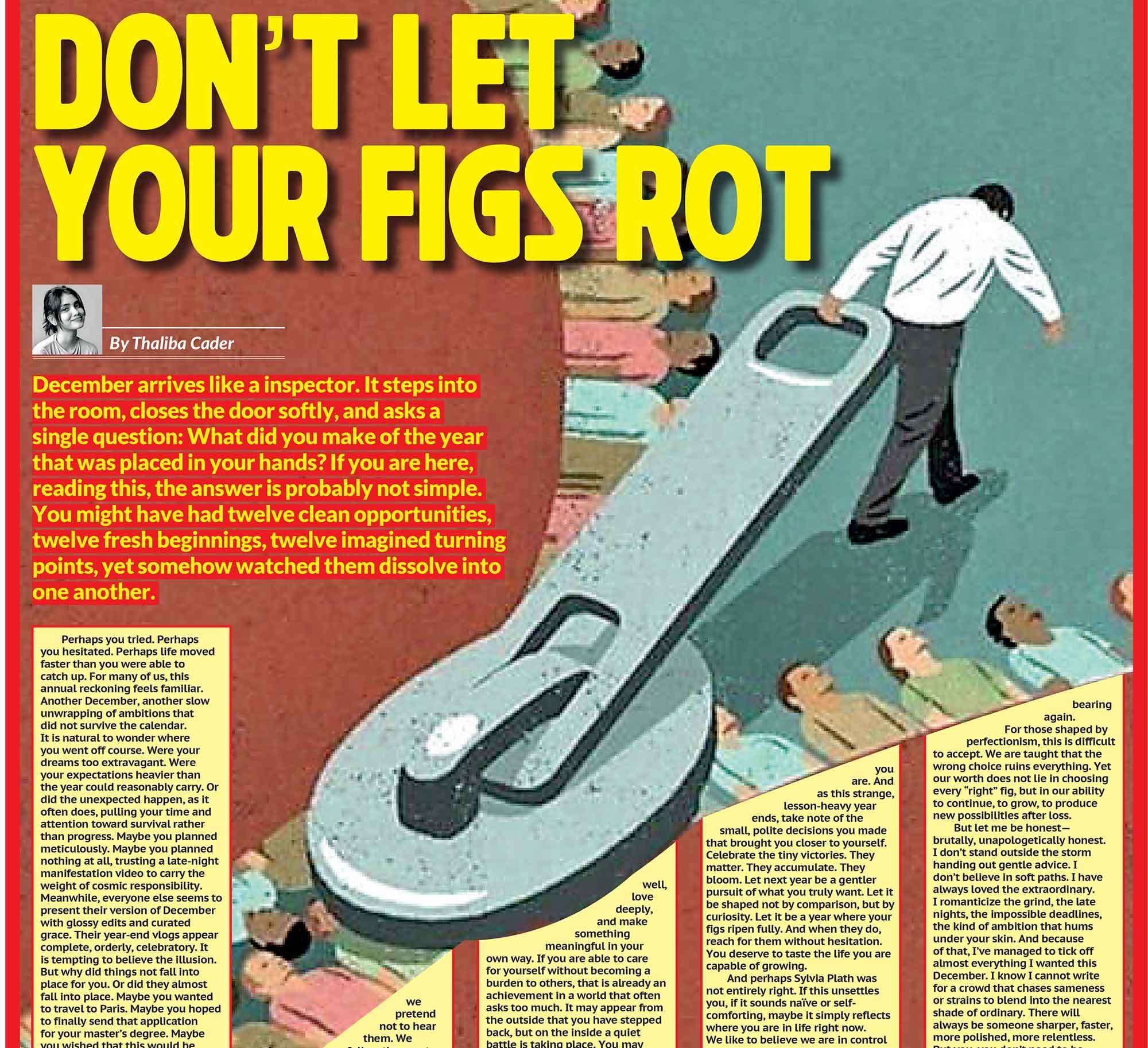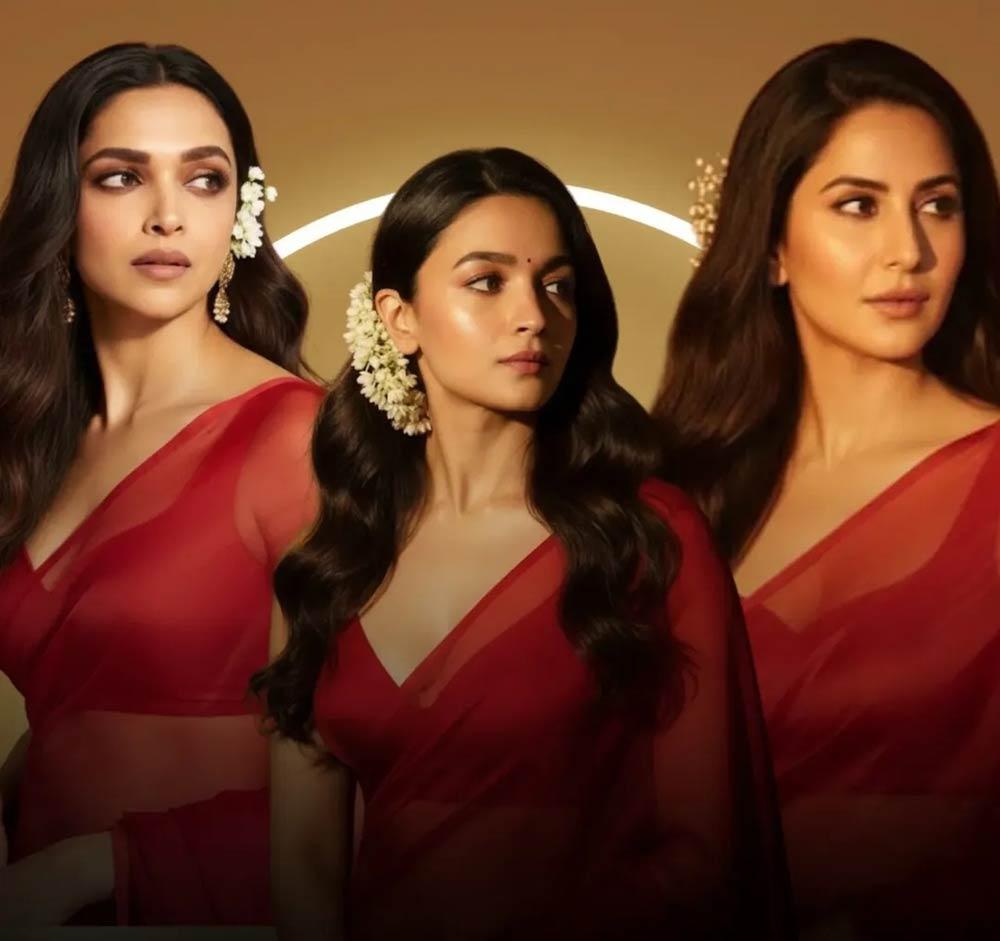
Instagram is never short of viral trends, but the latest one feels like a scene straight out of a classic Bollywood movie. Over the past few weeks, timelines have been filled with glamorous photos of people draped in a flowing red saree, standing against glowing backdrops, and looking like stars of a vintage 90s film poster. The secret behind this look? Google’s Gemini Nano and the viral “banana AI saree” prompt.
This isn’t a new fashion shoot or a celebrity campaign. It’s artificial intelligence turning everyday selfies into dramatic retro-style portraits. Users upload a simple solo photo, type in the now-famous saree prompt, and Gemini instantly generates an image that looks like a movie poster from decades ago. The results are dreamy, cinematic, and, as many users say, slightly addictive.
But beyond the aesthetics, what do people really think about this AI saree trend? Let’s explore the opinions, excitement, and even the doubts surrounding this latest internet obsession. One of the biggest reasons the Gemini AI saree trend took off is accessibility. Not everyone owns a saree, and even fewer have the time or budget to arrange a full professional photo shoot. With AI, you don’t need expensive outfits, heavy makeup, or lighting setups. A plain selfie is enough.
For many young women, this has been empowering. They feel like they can step into the glamorous world of Bollywood or South Indian cinema without any barriers. College students, professionals, and even teenagers are posting their AI saree looks, celebrating how easy it is to feel like a film heroine. “I’ve never worn a saree in real life, but this gave me a glimpse of how I might look,” one user commented on X (formerly Twitter). “It’s fun, harmless, and honestly beautiful.”
Another reason people are loving the trend is nostalgia. The saree photos don’t look modern, they’re styled with vintage charm. Grainy textures, soft lighting, and warm golden tones make the portraits look like posters from a 1995 romance movie. For millennials who grew up watching films of Madhuri Dixit, Sridevi, or Raveena Tandon, this AI prompt is like a time machine. It lets them recreate the magic of cinema’s golden years. Some even say the images remind them of wedding albums and family portraits from the 80s and 90s.
“This feels like my mom’s old photos come alive again,” one Instagram user wrote. “It’s retro, romantic, and a little emotional.” Of course, no viral trend is complete without memes. While many are using the prompt seriously, others are having fun experimenting. Men have tried the saree prompt on their selfies, leading to hilarious Bollywood-style posters that quickly went viral. Couples are also generating matching red saree edits, making them look like the leads of a romantic musical.
Some meme pages have taken it further by applying the saree effect on pets, fictional characters, and even politicians. The results, though absurd, are proof of just how flexible the AI tool can be.
Not everyone is impressed. Some people worry that trends like the AI saree blur the line between reality and illusion. A few users have raised concerns about authenticity, if AI can make anyone look glamorous in seconds, does it create unrealistic beauty standards? Photographers, in particular, have mixed feelings. While some embrace AI as a new creative tool, others worry it could reduce the demand for real photoshoots. “It’s fun for social media, but nothing can replace the emotions of a real saree, real fabric, and real photography,” one professional photographer told an online forum.
There’s also a cultural angle. Sarees hold deep meaning in South Asian tradition, often tied to festivals, weddings, and rituals. A handful of voices online argue that reducing the saree to a “viral prompt” risk trivializing its heritage. Still, many counter that the trend is actually celebrating sarees by making them more visible worldwide.
The “Gemini Nano Banana Saree” prompt has spread far beyond India. Users in Sri Lanka, Bangladesh, the Middle East, and even Europe are trying it out. For many in the diaspora, it’s a way to reconnect with South Asian identity, even if only virtually. Influencers and celebrities have also joined in. From lifestyle bloggers to small-town content creators, everyone is showing off their red saree posters. Some fashion pages are even analyzing how the AI saree draping resembles real Bollywood costume design, pointing out details like chiffon textures and flowing pleats.
The trend has also sparked debates about the future of fashion in AI. If a single prompt can make people look like movie stars, will virtual clothing soon replace online shopping trials? Could AI-generated sarees even inspire new real-life fashion lines? At its core, the Gemini AI saree trend is a playful blend of technology and culture. People love it because it’s easy, nostalgic, and stunning to look at. It allows everyone, regardless of budget or background, to imagine themselves as the star of a Bollywood romance.
Yet, it also sparks questions about beauty standards, tradition, and authenticity. Just like other viral AI edits, it sits at the intersection of fun and controversy. For now, though, the red saree prompt is enjoying its moment in the spotlight. Instagram feeds are flooded with shimmering sarees, vintage posters, and retro romance, a reminder that in the age of AI, even an ordinary selfie can turn into cinema magic.
